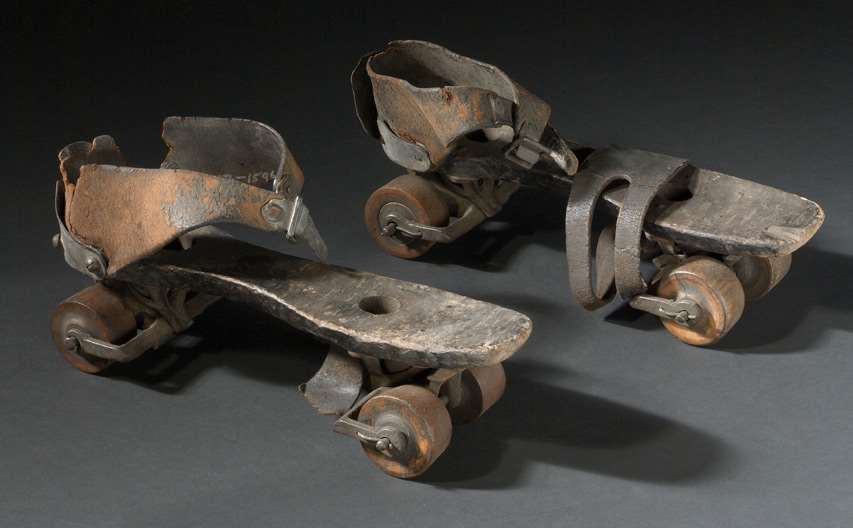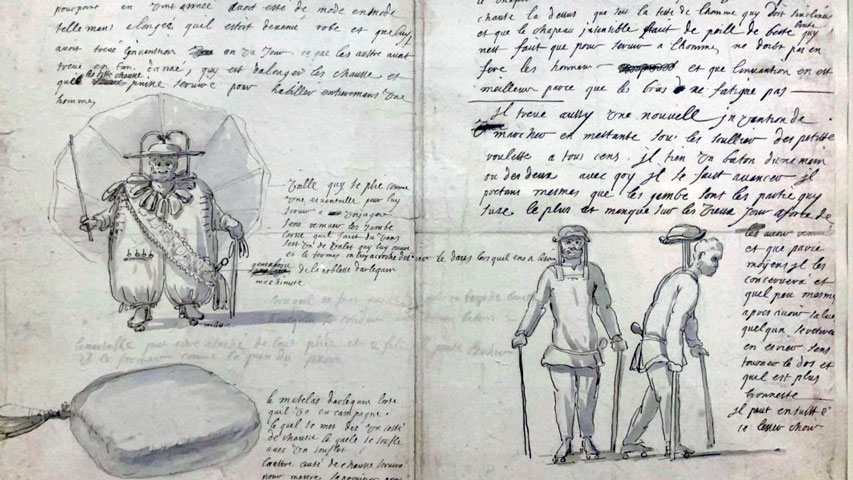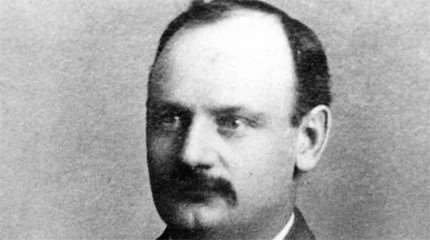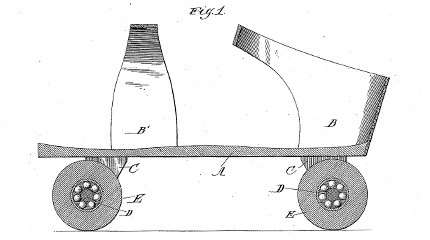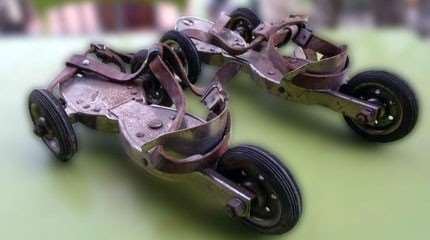James Leonard Plimpton (USA) – the father of traditional roller skating
Without any doubt, James Leonard Plimpton is the quad-inventor with the biggest success. He brought lots of innovations and helped roller skating a lot to grow worldwide.
Par alfathor
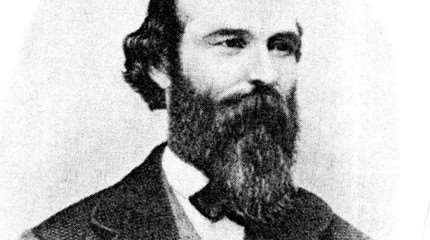
Biography of James Leonard Plimpton (1828-1911)
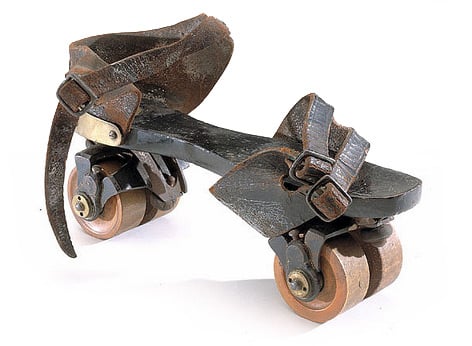 James Leonard Plimpton was born in 1828 in Medfield (Massachusetts, USA). His first 16 years he lived on a farm where he discovered his talent as mechanic. He invested his savings in tools, drawing styles and books about mechanic. He built up an atelier in the farm of his father. When he was 16 years old, he left the farm for one year to learn in trade. He left it for a better offer in a bigger establishment in New-Hampshire.
James Leonard Plimpton was born in 1828 in Medfield (Massachusetts, USA). His first 16 years he lived on a farm where he discovered his talent as mechanic. He invested his savings in tools, drawing styles and books about mechanic. He built up an atelier in the farm of his father. When he was 16 years old, he left the farm for one year to learn in trade. He left it for a better offer in a bigger establishment in New-Hampshire.
Before turning 18 he already became factory manager. During this time, he continued his studies and collected experiences as mechanism.
In the age of 21, he funded a firm with his brother in Westfield, Massachusetts in which they built machines.
Plimpton moved to New-York to get in charge of his store.
His first steps on the quad roller skates
As he wasn’t a very athletic nature, his doctor recommended him to practise sport; to be correct, he recommended him to start ice skating to stay in shape. Plimpton was convinced that roller skating would have the same effect on his body as ice skating. That’s why he began to improve the usual quad- system to skate better in the corners. His weak ankles caused that he only was able to skate under good conditions.
The initial idea: a better side-stability on ice skates
An article in the Revue of Sport was saying that Plimpton met the outstanding ice skater M. Cook on the sea in the Central Park, New York (USA). This encounter lead Plimpton to the idea to invent an ice skate with better grip:
Even if his ice skate wasn’t successful, his quad got very popular.
From ice to quad
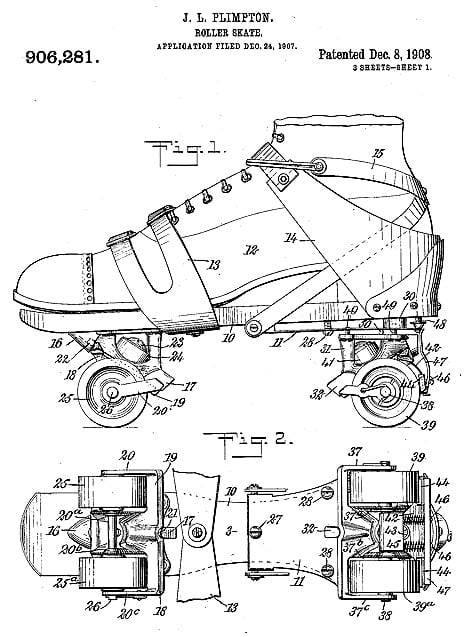 Plimpton first quads were made of the same system as the ice skates. Just the wheels were made out of boxwood were fixed with a plastic piece and a feather on two axels.
Plimpton first quads were made of the same system as the ice skates. Just the wheels were made out of boxwood were fixed with a plastic piece and a feather on two axels.
In 1863 he built his first quad “Wipp-Skates”. The first prototypes came out in 1860. Plimpton got the idea to separate the wheels like in train waggons.
The brilliant idea of Plimpton: Skating Rinks
Sam Nieswizski told the “Rollermania” that Plimpton sold his skates only to skating rinks and not to private people.
You can say that Plimpton got many innovative ideas. He was building several skating rinks so more people would skate under good conditions.
In 1863, he founded a skating organisation in New York. Also next to his business he built a skating rink. It costed him more then 100.000$! It got named Plimpton Building. In 1866 the organisation rented the Atlantic house in Newport (Rhode Island). Plimpton transformed the big dining room in a skating Rink.
He promoted the idea in the upper-class society. His focus laid on the rich people. He tried to motivate the intellectual and affluent for the skating scene and invited lots of organisations of the entire country to his events. Lots of spectators were amazed by the spectacles. In 1856 a third rink got built in London with the Crystal Palace, followed by Cincinnati (1867), Louisville (1869)…
Roller skating prevalent worldwide
His invention provoked an infatuation which prevalent in the 1870’in the USA and then also in Europe. Afterwards also in Australia. The first trend for skating was set!
The skating rinks got coated with wooden planks to insure the best surface for skating.
Good conditions
After the civil war in the USA, a wish for revival was born in the society. Plimpton’s innovations were very welcome. The professor of history Harvey Green in the university of Rochester and vice president of the Strong museum, said that this was mainly popular with women.
The skating rinks: a blossoming business
In 1869 Jos. W. Wayne invested in this business and animated more investors to do the same. It was the right decision. Selling the quads with 4$ each (from 25 pairs), Jos. W. was able to take profits fast. He convinced building company.
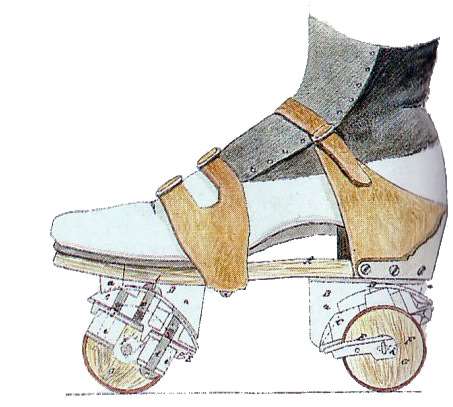
Successful innovations
The wear of the axle caused a problem. Plimpton perfectioned the system by adding a bronze-ring in the inner hole of the axle. He invented a trick to slow down the wear and tear of the wheels.
The fight for the patents
He obtained several patents in the course of his life. He got his first two the 6th of January 1863 and the 26 of June 1866. His quads were so outstanding that other producers wanted to imitate them. Morris Traub estimated Plimpton at 60 patents in Great-Britain and four or five worldwide. Plimpton informed the vanishes against the patents strictly. He forced his concurrence to negotiate with him. The law said that quads needed to buy through Plimpton’s company and must be used in one of his rinks.
He defended his patents during his entire life. His last trial took part three years before his death in 1908.
Since 1884 he got a concurrent with Richardson.
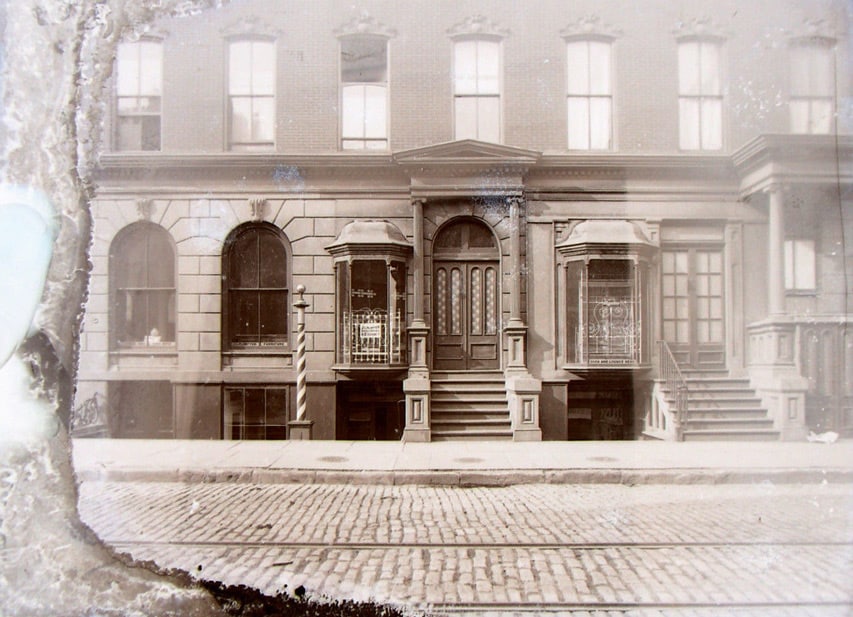
Skating rinks in the USA
• Kentucky : Indianapolis, Hopkinsville, Henderson, Louisville, Madisonville, Owensboro, Paducah, Russelville
• Tennessee : Brownsville, Chattanooga, Clarksville, Fayetteville, Murfreesboro, Menphis, Nashville, Paris
• Georgie : Atlanta, Augusta, Athens, Albany, Brunswick, Columbus, Cartersville, Griffin, La Grange, Macon, Newman, Rome
• Louisiane : Nouvelle-Orleans, Shreveport
• Mississippi : Brownsboro, Eufaula, Greenville, Meridian, Natchez, Viksburg, Yazoo City
• Texas : Galverton, Jefferson
• Indiana : Evansville, Indianapolis, New Albany, Terre Haute
In 1867 the quads got introduced and imported in France. Plimpton earned 20 million Francs between 1863 and 1876 (in 1991 it corresponded to ½ milliard Francs)! The following period became the most important one in history of skating.
